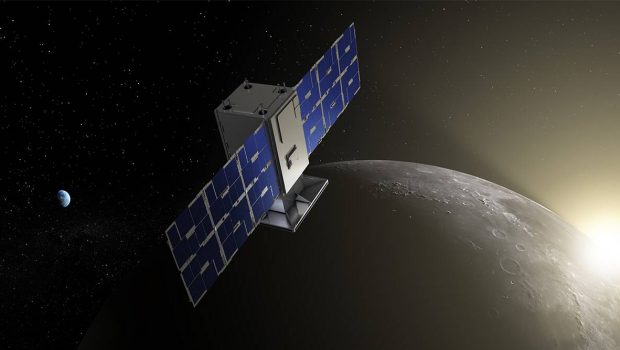NASA stops CAPSTONE spacecraft from spinning out of control
https://www.ispeech.org/text.to.speech
After a trajectory correction manoeuvre on September 8, NASA’s CAPSTONE spacecraft suffered an issue that caused it to spin so fast that the onboard reaction wheel could not control or counter it. CAPSTONE team members successfully completed an operation to stop it from spinning on October 7.
Data from CAPSTONE suggests that the most likely caused by a valve-related issue in one of the eight thrusters on board the spacecraft. A partially open valve could have caused the thruster to produce thrust whenever the system was pressurised.
MISSION UPDATE: The #CAPSTONE team executed recovery commands this morning which have successfully stopped the spacecraft’s spin.
CAPSTONE remains on track to arrive to lunar orbit on Nov. 13. More details: https://t.co/YtWiSb0N8M pic.twitter.com/avziXvfnZK
— NASA Ames (@NASAAmes) October 7, 2022
Recovery commands for the spacecraft were executed on Friday morning. Initial telemetry data from the spacecraft and observational data indicate that the manoeuvre was successful. The team has deduced that they have regained full 3-axis attitude control, meaning that CAPSTONE’s position can be controlled without it going into unplanned rotation. The team has now turned its solar arrays in the direction of the Sun and pointed its antennae to have a better data connection with our planet.
The CAPSTONE (Cislunar Autonomous Positioning System Technology Operations and Navigation Experiment) mission sent a microwave oven-sized CubeSat weighing around 25 kilograms into space to test a unique elliptical lunar orbit. The orbit, called a near rectilinear halo orbit (NRHO) is very elongated and its location is at a precise balance point in the gravities of the Earth and the Moon.
This orbit will offer stability for long-term missions like the Gateway space station and will require minimal energy to maintain. It will also help establish a location that is an ideal staging area for missions to the Moon and beyond. CAPSTONE will also help reduces risks for future spaceflight by validating new navigation technologies and verifying this halo-shaped orbit. The spacecraft is currently on track to achieve lunar orbit on November 13.








Gloss